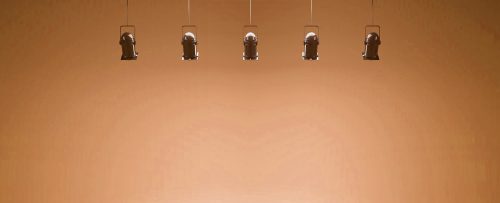Publication
Electoral fraud in Russia is not a particularly new phenomenon. The recent legislative election (450 seats of the State Duma (lower house)) held 17–19 September 2021 has been reported to be no exception, see [1–6]. The election resulted in a 49.82 % (324 seats) victory of United Russia (UR), the ruling party since 2007, whose de facto leader is Vladimir Putin.
Here we present an election forensic analysis of the recent Russian elections that clarifies to what extent voting irregularities are detectable in the outcomes of the election data on the level of voting stations and whether these irregularities were relevant for the election outcome. We use statistical forensics tests to quantify the extent to which the observed election results are compatible with specific types of electoral malpractices. In particular, we test if ballot-stuffing (multiple ballots per person during the voting process) and voter rigging (intimidation and coercion of voters) might have occurred and if yes, to what extent. We perform statistical tests to identify numerical anomalies in the election results.
For the 2021 Duma election, we find systematic and highly significant statistical support for the presence of both, ballot-stuffing and voter rigging. In about half of all voting districts different degrees of ballot-stuffing have to be assumed to explain the observed statistics. In 49 % of stations, we find signs for ballot-stuffing with a standard deviation (uncertainty of ballot-stuffing probability) of 1.6 % (30 sigma event). An inflated turnout in voting stations, in combination with an increased vote share for UR, does hint at a systematic practice of ballot-stuffing. In addition, we find that smaller voting stations contribute much stronger to statistical irregularities in the empirical vote–turnout distribution than larger stations, which strongly suggest the practice of voter rigging. Removing the ballot-stuffing- and voter rigging characteristic anomalies from the data would yield the overall outcome for UR at around 30 % instead of 50 %.
Related

Signup
| Cookie | Duration | Description |
|---|---|---|
| cookielawinfo-checkbox-analytics | 1 year | Set by the GDPR Cookie Consent plugin, this cookie records the user consent for the cookies in the "Analytics" category. |
| cookielawinfo-checkbox-functional | 1 year | The GDPR Cookie Consent plugin sets the cookie to record the user consent for the cookies in the category "Functional". |
| cookielawinfo-checkbox-necessary | 1 year | Set by the GDPR Cookie Consent plugin, this cookie records the user consent for the cookies in the "Necessary" category. |
| CookieLawInfoConsent | 1 year | CookieYes sets this cookie to record the default button state of the corresponding category and the status of CCPA. It works only in coordination with the primary cookie. |
| PHPSESSID | session | This cookie is native to PHP applications. The cookie stores and identifies a user's unique session ID to manage user sessions on the website. The cookie is a session cookie and will be deleted when all the browser windows are closed. |
| viewed_cookie_policy | 1 year | The GDPR Cookie Consent plugin sets the cookie to store whether or not the user has consented to use cookies. It does not store any personal data. |
| Cookie | Duration | Description |
|---|---|---|
| mec_cart | 1 month | Provides functionality for our ticket shop |
| VISITOR_INFO1_LIVE | 6 months | YouTube sets this cookie to measure bandwidth, determining whether the user gets the new or old player interface. |
| VISITOR_PRIVACY_METADATA | 6 months | YouTube sets this cookie to store the user's cookie consent state for the current domain. |
| YSC | session | Youtube sets this cookie to track the views of embedded videos on Youtube pages. |
| yt-remote-connected-devices | never | YouTube sets this cookie to store the user's video preferences using embedded YouTube videos. |
| yt-remote-device-id | never | YouTube sets this cookie to store the user's video preferences using embedded YouTube videos. |
| yt.innertube::nextId | never | YouTube sets this cookie to register a unique ID to store data on what videos from YouTube the user has seen. |
| yt.innertube::requests | never | YouTube sets this cookie to register a unique ID to store data on what videos from YouTube the user has seen. |
| Cookie | Duration | Description |
|---|---|---|
| _ga | 1 year | Google Analytics sets this cookie to calculate visitor, session and campaign data and track site usage for the site's analytics report. The cookie stores information anonymously and assigns a randomly generated number to recognise unique visitors. |
| _ga_* | 1 year | Google Analytics sets this cookie to store and count page views. |
| _gat_gtag_UA_* | 1 min | Google Analytics sets this cookie to store a unique user ID. |
| _gid | 1 day | Google Analytics sets this cookie to store information on how visitors use a website while also creating an analytics report of the website's performance. Some of the collected data includes the number of visitors, their source, and the pages they visit anonymously. |